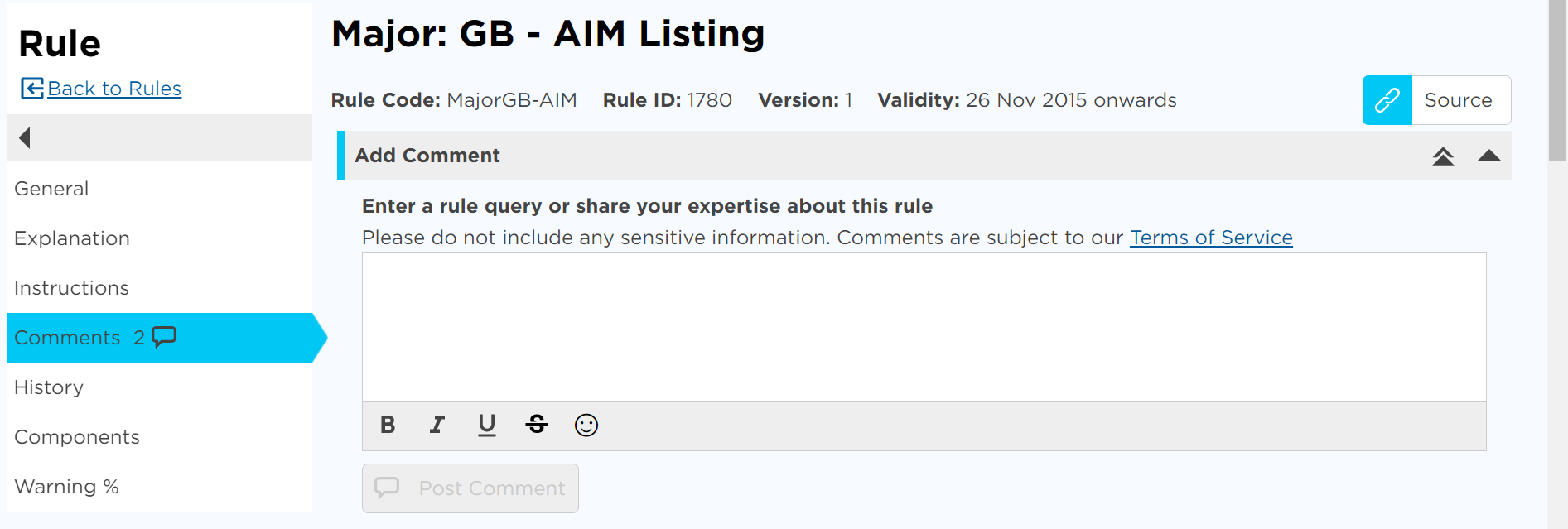Author: FundApps – fundapps.co
Changing Regulation and Cloud Deployment
Modelling regulation in a rule-based algorithm and automating the required reports is not only efficient, but it allows compliance officers time to focus on areas of regulatory obligation where human judgment is crucial. In an age of constantly evolving regulation, ensuring that these changes are accurately deployed quickly is essential. Let’s explore how continuous deployment and cloud technology allow compliance officers in the industry to stay ahead of regulatory change.
Compliance with shareholding disclosure obligations requires constantly monitoring regulatory change around the world. The increasing globalisation of the financial sector means that cases such as a security of a company that is incorporated in Europe, traded via depository receipt in New York and dual listed in Hong Kong (among other jurisdictions) are becoming increasingly common. This means that robust coverage of one’s obligations must include the monitoring of regulatory change in a large number of countries.

Having a provider who specialises in shareholding disclosure or position limits monitoring quickens the pace at which a financial institution can apply a new regulatory requirement to their firm’s holdings.
This occurs due to a few characteristics of the CaaS framework:
1. First, a group of regulatory domain experts are immediately available to review, analyse and interpret changing regulation as soon as it becomes available and before the regulation’s effective date.
2. Secondly, regulatory technology (RegTech) providers using the cloud can take advantage of working methods like continuous development. This method automates code testing and allows for the delivery of new rule versions at lightning speed. It is common for CaaS providers to deploy software updates multiple times a day and with great ease.1
The Risks of Isolation
Compliance officers live in a world where substantial penalties are applied when a regulation is not carefully considered and implemented.
The financial services industry has lagged behind other industries in even applying existing technology to their operations, to say nothing of more bold, innovative breakthroughs. The success of companies described by the now-overloaded term, ‘FinTech’ bears witness to the fact that harnessing existing tools like the cloud or open APIs has made working both more efficient and robust. Regulatory compliance should be no exception to methodological breakthroughs, particularly in areas of compliance which require a merging of the following three factors:
1) detailed calculations accounting for a breadth of financial instruments, from common stock to complex derivatives
2) the interpretation of (often purposefully) abstract legal text to particular holdings of financial instruments and
3) accurate modelling of financial institutions’ corporate structures related to how they act in relation to assets.
Having an independent team of regulatory expertise to draw on immediately, and a forum where one can discuss nuances of regulation with industry peers to obtain an industry-wide view, lessens the risk of noncompliance substantially and provides the industry with the tools to not only meet one’s obligations but to demonstrate compliance with them.

Screenshot of the FundApps Rule Commentary feature in our automated Shareholding Disclosure solution
Conclusion
As financial markets continue to globalise, the scope, complexity and changing nature of regulatory requirements mean that holders of financial assets must reconsider their approach to compliance.
The CaaS model provides a much more efficient and accurate way to remain compliant. This enhanced approach also stands to benefit end-investors, as it leads to lower operational costs, increased market transparency and higher public trust in our financial institutions. Lawmakers and regulatory bodies have also acknowledged that increasing automation will ultimately benefit all by facilitating more comprehensive and accurate supervision.
The heightened popularity of RegTech demonstrates the industry’s desire to adopt nonproprietary standards, to create or use APIs and convince regulatory authorities to issue and accept machine-readable data. Allowing a network of people to challenge, discuss and refine their understanding of complex regulation within a shared, yet secure, environment leads to a better compliance and more engaged compliance officers.
Want to see how CaaS solutions can take the hassle out of your Shareholding Disclosure monitoring? Then get in touch today!
This blog is the fourth in a series of articles focused on compliance as a service (CaaS). In part 1 we discussed the challenges of data sourcing, in part 2 we explored the power of community, and in part 3 we discussed closing the gap between practice & interpretive decision-making.
1 When a substantial regulatory change like the Amended EU Transparency Directive17 was implemented in EU member states, the combination of speed and quality from CaaS providers allowed firms to demonstrate compliance with the nuances and local ‘gold plating’ of the regulation within days of each country’s publication in law. Contrast this with the method of industry participants individually performing the same duplicative tasks of analysis, interpretation, codification and deployment.

